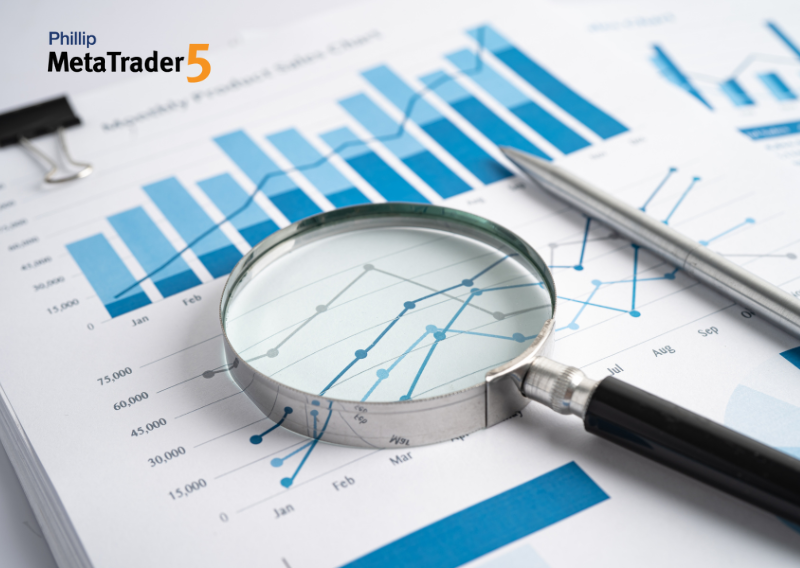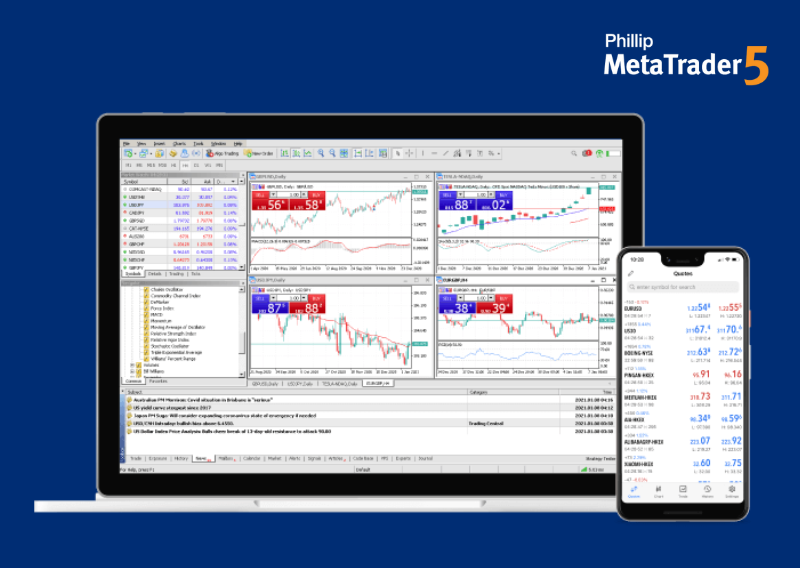The US Dollar Index (DXY) and gold are key market indicators that often move inversely. When the dollar rises, gold prices tend to dip – and vice versa. This inverse correlation matters to forex traders in Singapore and around the world, as it offers clues about currency strength and safe-haven demand. In Singapore’s forex trading community, understanding this relationship – and its recent shifts – can help intermediate traders who may not yet trade the DXY take smarter positions in gold and currency markets, particularly in the context of forex trading Singapore.

What is the US Dollar Index (DXY) and Why Does It Matter?
The DXY measures the value of the US dollar against a basket of six major currencies, reflecting broad USD strength. It is a weighted geometric index with about 57.6% weight on the euro and the rest on the yen, pound, Canadian dollar, Swedish krona, and Swiss franc. In other words, the currency basket of the US Dollar Index includes these six USD-quoted currencies. When the DXY rises, the dollar is strengthening relative to this group; when it falls, the dollar is weakening.
- Composition: The index’s six currencies are the euro (EUR), Japanese yen (JPY), British pound (GBP), Canadian dollar (CAD), Swedish krona (SEK), and Swiss franc (CHF).
- Indicator of strength: A rising DXY generally signals a strong USD, while a falling DXY indicates a weaker USD.
- Economic role: Traders watch the DXY as a barometer of U.S. economic policy and interest-rate expectations. Changes in the DXY often coincide with Fed announcements, geopolitical news, and global risk sentiment.
Understanding DXY is also key for forex traders (including those in forex trading Singapore). A stronger dollar (higher DXY) typically makes USD-denominated currency pairs move in predictable ways – a phenomenon sometimes called the impact of USD strength on forex markets. For example, when the U.S. dollar appreciates, other currencies essentially depreciate because the dollar is the world’s invoicing currency. Thus DXY movements ripple through all USD-based forex majors (like EUR/USD, USD/JPY) and minors, a pattern that’s crucial to observe when trading forex majors and minors.
Why Is Gold Considered a Safe-Haven Asset
Gold has a long-standing reputation as a safe-haven and inflation hedge. Investors often buy gold when currency volatility or global uncertainty rises. This is partly because gold is denominated in US dollars on international markets – a double-edged sword for its price. When the dollar weakens, gold becomes cheaper in other currencies and tends to rise in demand; when the dollar strengthens, gold costs more abroad and demand usually falls.
- Hedge vs. inflation: Gold is often viewed as protection against inflation and debasement of fiat money. It is a tangible asset “not anybody’s liability,” and supply growth is limited by mining.
- Safe-haven demand: Gold’s price is resilient and protected from inflation and it provides portfolio diversification. During market turbulence or geopolitical crises, gold often attracts inflows. Recent examples include gold reaching record highs during the COVID-19 pandemic and again in the early 2020s due to heightened inflation and conflict concerns.
- Priced in USD: Because gold is priced in USD, any change in the dollar’s value affects its global demand. A stronger USD makes each ounce of gold more expensive for buyers using other currencies, whereas a weaker USD makes gold relatively cheaper.
Why Do Gold Prices Move Inversely to the US Dollar Index
The negative correlation between the DXY and gold prices is a well-established market dynamic. In general:
- Stronger USD = Lower Gold: When the dollar index rises, gold often falls. A stronger USD means international buyers need more of their home currency to buy an ounce of gold. This dampens demand and can pull gold prices down.
- Weaker USD = Higher Gold: Conversely, when the DXY falls, gold becomes cheaper globally. Lower dollar value makes gold more attractive, often pushing gold prices upward.
For example, in 2022 the Fed’s aggressive interest-rate hikes sent the DXY to two-decade highs. During that period, gold lost some shine as USD-denominated prices climbed, illustrating how a booming dollar can reduce gold’s appeal. More recently, in early 2025 the dollar index fell dramatically – down about 10.8% in the first half of the year – as investors sold USD amid global policy concerns. At the same time, gold hit new record highs on sustained buying by central banks worried about dollar devaluation.
These real-world moves show the inverse link. Educational sources note that as gold is USD-priced, a rising DXY can put downward pressure on the price of gold, and vice versa. Such inverse moves are a core principle: when the dollar strengthens, gold often retreats, and when the dollar weakens, gold tends to rally. This correlation is an important indicator for traders watching forex majors and minors and commodity markets alike.
When the Correlation Breaks
The gold–USD inverse relation is not ironclad – there are exceptions. In some crisis scenarios, gold and the dollar may both rise together. For instance, at the onset of the COVID-19 panic in March 2020, both the DXY and gold shot higher briefly, as investors scrambled into perceived safe-havens across the board. During acute market stress, the immediate flight to safety can boost demand for both assets.
Other macro factors can also dominate gold’s price, temporarily decoupling it from the DXY:
- Interest rates and real yields: Rising U.S. interest rates (and higher real bond yields) tend to make non-yielding gold less attractive, even if the dollar is weak. Conversely, falling yields can lift gold even with a strong dollar.
- Inflation expectations: If inflation fears spike independently of USD moves, gold may rally on its hedge status regardless of currency trends.
- Central bank demand: Major central banks have been buyers of gold to diversify reserves. This demand can support gold prices even when the dollar is strong.
- Global uncertainty: Extreme geopolitical crises can send investors to both gold and dollars as safe assets.
What Does the Gold-Dollar Correlation Mean for Traders
For intermediate traders – including those in forex trading Singapore – the DXY–gold dynamic offers actionable insights:
- Signal for gold trading: A sharp move in the DXY can foreshadow a move in gold. For instance, a strong breakout in the dollar index might warn of selling pressure in XAU/USD. Monitoring DXY charts helps traders anticipate gold price direction.
- Forex strategy: Since USD strength affects all currency pairs, watching the DXY can also guide forex trades. When the U.S. dollar appreciates, other currencies essentially depreciate. This means if the DXY is rising, currency pairs like EUR/USD and GBP/USD often fall. In this way, DXY movements reflect the broader impact of USD strength on forex markets.
- Risk management: Understanding the correlation lets traders hedge. For example, if a portfolio is long USD-based assets, buying gold might offset some dollar risk, and vice versa.
- Data focus: Keep an eye on USD sentiment indicators and economic data (Fed minutes, inflation prints, geopolitical news). These can trigger changes in DXY and thereby gold. Intermediate traders should incorporate DXY charts into their analysis toolkit as another “forex majors and minors” related instrument, even if they have not traded index CFDs directly before.
- How to trade forex: Many tutorials on 如何交易外汇 emphasise knowing USD trends. Indeed, learning 如何交易外汇 effectively means watching both DXY and USD currency crosses. When the dollar moves, it shifts many majors and minors in tandem. So using the DXY as a guide can sharpen decision-making.
How Phillip Nova Supports Smart Trading
Phillip Nova offers tools and resources to leverage these insights. Traders can access real-time DXY charts and gold price feeds on Phillip Nova’s platforms, enabling them to watch the index–gold interplay live. The platform provides technical charting (with 100+ indicators) that helps identify DXY breakouts or reversals. For example, intermediate traders in Singapore can set up alerts when DXY reaches a key resistance, hinting that gold might soon fall.
Phillip MetaTrader 5 also facilitates direct trading of the US Dollar Index as a CFD. This allows traders to trade the DXY itself alongside traditional forex majors and commodities, effectively applying the correlation strategy in real time. Ready to try out? Start a free MT5 demo account to test your strategy, or open a live account to begin trading with Phillip Nova.
Beyond the charts, Phillip Nova hosts educational webinars and market insights on forex, gold, and global currencies. Such learning resources align perfectly with understanding topics like the correlation between DXY and gold prices.
Conclusion
Understanding the inverse relationship between the US Dollar Index and gold is a powerful insight for any trader. By tracking the DXY – which represents USD strength against a basket of key currencies – traders can anticipate gold price trends and make smarter decisions in both forex and commodity markets. When the dollar rallies, expect downward pressure on gold; when the dollar weakens, expect gold to shine.
To stay ahead, intermediate traders in Singapore and beyond should watch the DXY and related macro signals (Fed policy, inflation, risk events). Tools like real-time index charts and webinars can sharpen this analysis. With Phillip Nova’s trading platforms and educational support, traders can harness these correlations effectively.
Ready to trade? Open an account with Phillip MetaTrader 5 立即开户。 and access live DXY and gold charts, trading CFDs on currency indices and commodities, plus expert market insights – all designed to help you trade smarter in forex, gold, and beyond.












